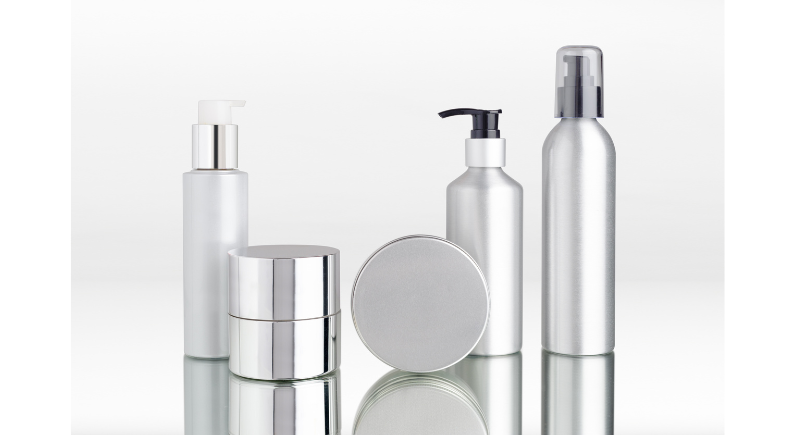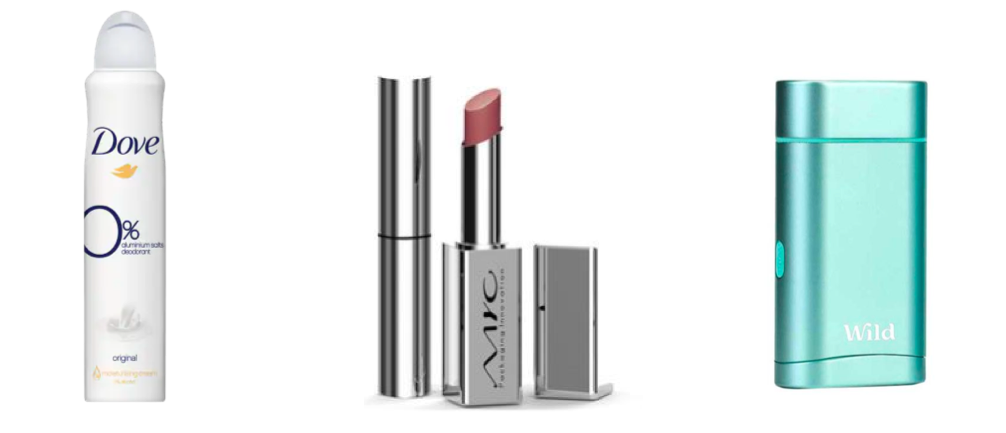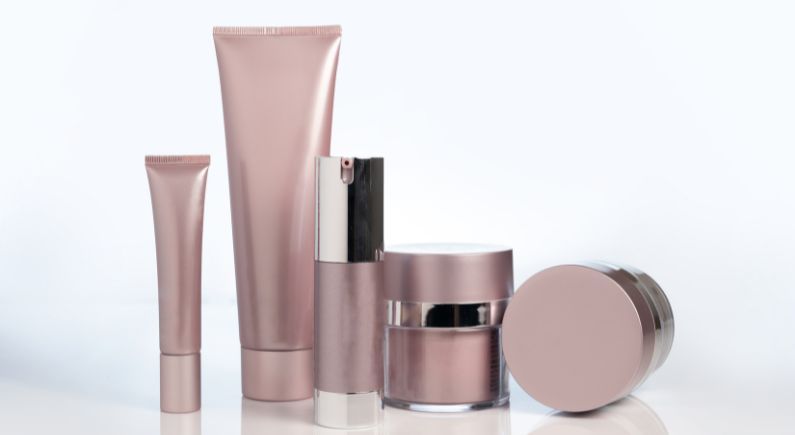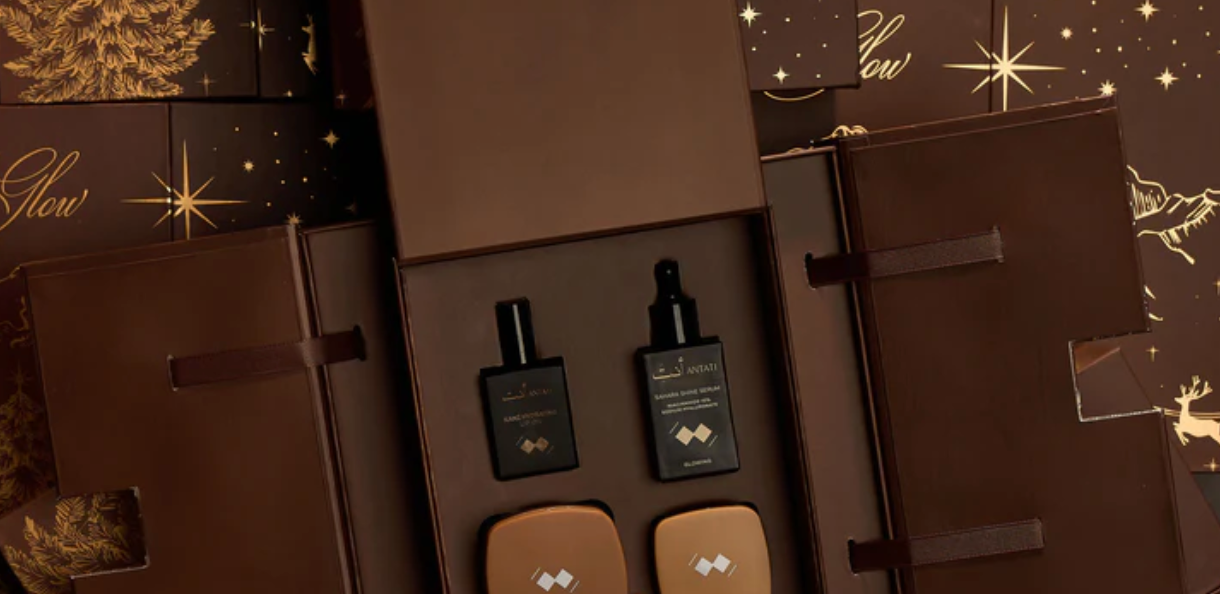
Aluminium and the beauty industry
This report is divided into 3 parts:
- Aluminium report - context - HERE
- Aluminium Sourcing - HERE
- Aluminium and its applications in the Beauty Industry - HERE Below
SUSTAINABILITY
ALUMINIUM & ENERGY
As mentioned in a previous article, Aluminium sourcing energy intensity has decreased in the last 30 years and will keep decreasing with innovations and new agreements on sustainable energy.
Aluminium production also generates greenhouse gases and this will be improved as manufacturers improve their process.
Energy consumption can also be improved at finished product manufacturing, with using renewable energy sources, or auditing energy consumption at different stages to innovate where needed, such as the reusing of water in the production process.
A recent LCA (Life Cycle Assessment) from Envases reveals that:
- Primary Aluminium = 10.43gr of C02 per gram of manufactured packaging.
- 100% PCR Aluminium = 1.75gr of C02 per gram of manufactured packaging.
In comparison
Glass = 2.5 to 4 gr C02 equivalent / Plastic = 6 to 9gr C02 eq
Cardboard = 1.5gr C02 eq
Carbon footprint is improved by 5 times when using recycled content (100% PCR) compared to virgin material. (Envases)
ALUMINIUM & DECORATION

In order to improve the environmental impact of aluminium packaging brands can adapt the following:
- Request certified BPA NI liner inside bottles with improved resistance and low migration coatings
- New aluminium alloy that would be more resistant while still offering the same lightness (weight), with lower consumption of aluminium, while allowing for full recyclability
- Using mineral oil free or plant based inks.
- Using less energy intensive decorations such as low temperature curing coating, or reducing solvents.
ALUMINIUM vs OTHER MATERIALS

Weight:
Aluminium is lighter than most materials : plastic, glass, even tin
=> reduced footprint at transportation
Resistance:
Aluminium doesn’t break like glass for bottle usage, however in the use of tube, it’s preferable to keep in smaller capacity or higher viscosity. For thicker formula, it may be difficult to get all the formula out of a bigger tube (nb: UpCircle beauty switch their body scrub from a 200ml tube to glass jar, since consumer where complaining of the difficulty to use the full product inside the tube)
Formula compatibility:
Aluminium being inert, does not interact with cosmetic formulas, and is ideal for natural formula who could be more aggressive on plastics for instance. Note that an inner liner is added inside the packaging to avoid any interaction with formula.
UV protection:
Aluminium occulting light is also ideal for UV sensitive formulas.
Aluminium = 10.43gr of co2 per gram of manufactured packaging (Envases)
Plastic = 6 to 9 gr co2 equivalent
Glass = 2.5 to 4 gr co2 eq
Cardboard = 1.5gr co2 eq
Aluminium has more carbon impact at manufacturing, but it becomes more interesting than other materials when reused, recycled, or transported.
Again Sustainability is no silver bullet, you need to take into consideration every aspect and see which material is the best for each specific application, but we’ll get there!

